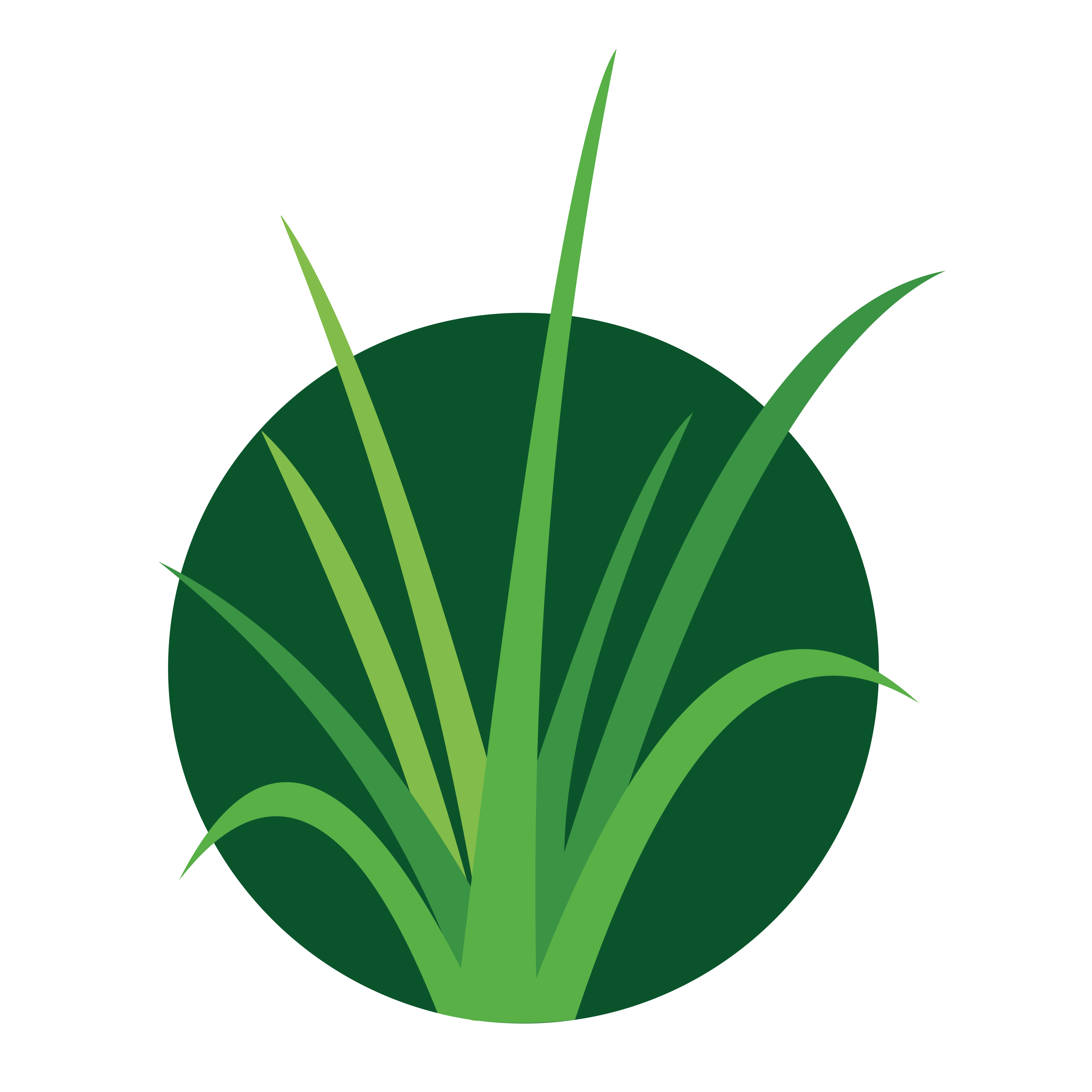Lush, green lawns are the pride of many homeowners, and achieving that perfect lawn requires a thoughtful approach to lawn care. One common debate among lawn enthusiasts revolves around the disposal of grass clippings—should you bag them or leave them on the lawn? In this blog entry, we’ll delve into the science behind grass clippings to help you make an informed decision.
The Nutrient Cycle: Grass clippings are a natural byproduct of mowing your lawn, and contrary to popular belief, they can be beneficial for your lawn’s health. Grass clippings are rich in nitrogen, an essential nutrient that promotes healthy plant growth. When you leave the clippings on the lawn, they act as a natural fertilizer, returning valuable nutrients to the soil. This process is known as “grasscycling.”
Water Conservation: Leaving grass clippings on the lawn also contributes to water conservation. The clippings act as a natural mulch, helping to retain moisture in the soil. This can be especially beneficial during hot summer months when lawns are prone to drying out. By retaining moisture, grass clippings contribute to the overall health and resilience of your lawn.
Reduced Fertilizer Needs: As grass clippings decompose, they release nutrients back into the soil, reducing the need for additional fertilizers. This not only saves you money but also promotes a more sustainable and environmentally friendly lawn care routine. The natural recycling of nutrients through grasscycling can contribute to a healthier and more resilient lawn over time.
Common Concerns: Despite the numerous benefits of leaving grass clippings on the lawn, some concerns may make homeowners hesitant. One common worry is that leaving clippings will contribute to thatch buildup—a layer of dead grass and roots that accumulates on the soil surface. However, when mowing regularly and using proper mowing techniques, the risk of thatch buildup is minimal.
Bagging Considerations: While grasscycling is generally beneficial, there are situations where bagging may be necessary. For instance, if your lawn is already overwhelmed with excessive thatch, bagging the clippings temporarily may be recommended. Additionally, if your grass is diseased, bagging can help prevent the spread of pathogens.
The science of grass clippings supports the practice of grasscycling for a healthier, more sustainable lawn. By leaving clippings on the lawn, you contribute to the nutrient cycle, conserve water, and reduce the need for external fertilizers. However, it’s essential to consider individual lawn conditions and occasional bagging for specific situations. Ultimately, the decision to bag or not to bag depends on a balance of factors, with the goal of achieving a vibrant and thriving lawn.




